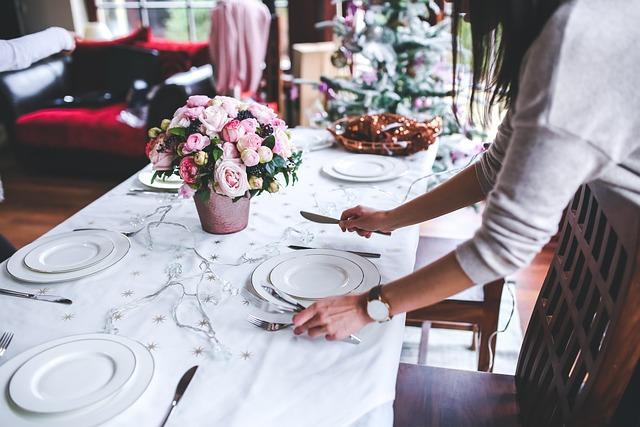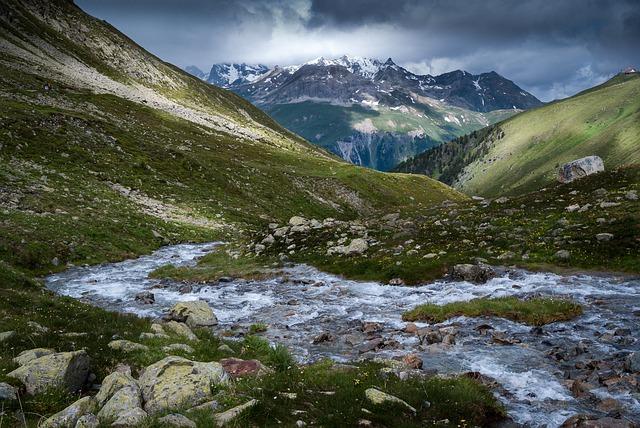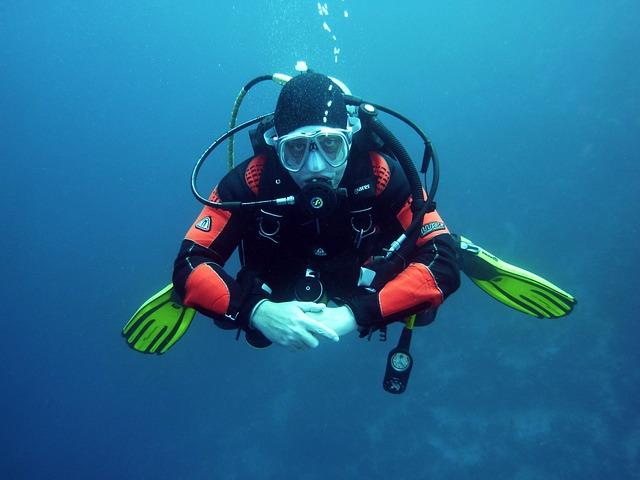Are you ready to dive into the exciting world of live streaming and video production? Whether you’re a budding gamer eager to showcase your skills, a creative professional ready to share your expertise, or simply someone who wants to connect with friends and family through engaging streams, OBS Studio is your ticket to unlocking endless possibilities. In a world where content creation reigns supreme, mastering tools like OBS can set you apart from the crowd.
This comprehensive guide for 2024 isn’t just about functionality; it’s your roadmap to creativity. From setting up your software like a pro to exploring advanced tweaks that can elevate your streams, we’ll break it all down into easy bite-sized pieces. So, grab your headphones, plug in your mic, and let’s get you started on your journey to becoming an OBS Studio whiz! Ready to roll? Let’s jump in!
Exploring the Basics of OBS Studio for Beginners
Getting started with OBS Studio might seem overwhelming at first glance, but trust me, it’s simpler than it looks! As a free application, OBS Studio is available on Windows, Mac, and Linux, making it super accessible for anyone interested in streaming or recording their screen. When you first open OBS, you’re greeted by an interface that features several components, including your canvas where your live video or recording will appear, and the scenes and sources sections. Scenes allow you to manage different setups for each of your recordings or streams. For example, if you’re showcasing gameplay, you can create a dedicated scene for that, ensuring everything looks just how you want it. As you immerse yourself in the functionalities, you can mix various sources like your webcam, images, and other video clips into one cohesive presentation.
Now, let’s break it down a bit further. After naming your scene, you’ll want to set up your sources, which are the building blocks of your content. Imagine putting together a pizza; each topping represents a source. You might have a video capture device for your webcam, a screen capture for gameplay, or even images to include in your stream. To add a source, just click on the plus sign and select what you need from the list, whether it’s your camera or displaying your screen. Don’t forget to check your audio settings too—those are just as critical! The audio mixer at the bottom lets you monitor the levels of your microphone and any system sounds. Picking a good microphone can significantly enhance your audio quality, making your stream sound crisp and professional.
| Component | Function |
|---|---|
| Scenes | Different setups for each recording/stream |
| Sources | Building blocks like webcams, images, etc. |
| Audio Mixer | Monitor audio levels from microphones and sounds |

Setting Up Scenes and Sources for Captivating Content
To create an engaging environment in OBS Studio, start by understanding the concept of scenes and sources. Think of scenes as canvases where you can paint your content, and sources as the brushes and paint that fill that canvas. You can have multiple scenes set up for different purposes; maybe one for gameplay, another for tutorials, and even one for casual chats. By default, OBS provides a single scene, but the beauty lies in renaming and customizing it to suit your specific needs. For instance, if you’re showcasing a tutorial, you might name the scene “Tutorial Capture” so it’s clear what you’re recording.
Next, let’s dive into sources. These are the elements that make your scene come alive, like adding layers to a beautiful painting. You can include various sources such as webcam feeds, screen captures, or even image overlays. Simply click the plus sign in the sources section to choose from options like ”Display Capture” for capturing your entire screen or “Video Capture Device” for your webcam. Sample combinations might look like this:
| Scene Name | Source Type | Description |
|---|---|---|
| Tutorial Capture | Display Capture | Full screen tutorial demonstration |
| Gameplay Live | Game Capture | Specific game view |
| Casual Chat | Video Capture Device | Streaming via the webcam |
Once you’ve set your scene and sources, adjust them to fit perfectly within your canvas. It’s all about fine-tuning—dragging corners to resize and ensure everything looks sharp and professional. Remember, layering is key; you can position your webcam feed over a screen capture to create that trendy picture-in-picture effect, which is a game-changer for tutorials and live streams. Embrace the creative process and play around with different configurations until your content shines!
Audio Mastery: Enhancing Your Stream with Quality Sound
When it comes to streaming, audio quality is just as crucial as your visual setup. Whether you’re engaging your audience through gameplay commentary or sharing tutorials, having clear and dynamic sound can make or break your stream. Start with a decent microphone—investing in one can significantly enhance your audio. The built-in microphones on computers often sound tinny and lack richness. If you don’t want to break the bank, consider USB mics like the Shure MV7, which offer fantastic clarity without fussing around with XLR audio setups. Once your hardware is sorted, tinker with the settings in OBS Studio’s audio mixer, as this ensures your voice comes through crisp, loud, and engaging.
But wait, there’s more! Don’t forget about background music or sound effects that complement your content. Adding these can elevate your stream from ordinary to exceptional. To manage audio efficiently, use layered sources within your scenes; this adds versatility to your sound design. For instance, consider setting up a few different audio sources and mixing them based on the scenes you’re using. Here’s a quick example of how you might want to organize your audio tracks:
| Source | Type | Volume Level |
|---|---|---|
| Microphone | Voice Over | 75% |
| Background Music | Music Track | 30% |
| Game Sounds | In-game Audio | 60% |
By mixing these elements effectively, you create an immersive atmosphere that draws your audience in, keeping them glued to your content. Remember, it’s not just about what you say—it’s also about how you say it. So, explore those audio options and keep your sound in check to ensure a professional-sounding stream!

Diving Into Advanced Features for Pro-Level Streaming
Advanced Streaming with OBS Studio
Getting into the nitty-gritty of OBS Studio opens up a treasure trove of features that can take your streaming game from amateur to pro. First up, let’s talk about scenes. Think of scenes as the different camera angles or setups you might use during a live show—kind of like changing the backdrop for a live performance. You can create various scenes for particular moments: a full-screen game capture for those intense gameplay sessions, or a “chat” scene when engaging with your audience. To spice things up even more, you can layer sources in each scene. Imagine stacking multiple video feeds (like your webcam and gameplay) with the precision of a DJ mixing tracks. This layering allows you to easily transition between setups with eye-catching effects, enhancing the viewer experience immensely.
Now, what about the audio mixer and advanced settings? This isn’t just about turning up the volume; it’s your personal soundboard to manage audio inputs. Ever notice how some streamers have that crystal-clear sound? A decent USB microphone can make a world of difference. OBS lets you adjust the volume levels, mute sources, and even apply filters to your audio inputs. If you’re planning to go the extra mile, explore Studio Mode. This feature gives you a sneak preview of your next scene before going live, so you can ensure everything is just right—like having a backstage pass before the main event starts. By mastering these aspects of OBS, you unlock the potential for a more polished and engaging streaming experience.

Q&A
## – Q&A
Q1: What is OBS Studio, and what can it do?
A1: OBS Studio, short for Open Broadcaster Software, is a free application that lets you record or stream videos. Whether you want to capture gameplay, create tutorials, or live stream on platforms like YouTube, Twitch, or Facebook, OBS Studio has you covered. Available for Windows, Mac, and Linux, it’s pretty much a one-stop-shop for video content creation.
Q2: How can I get started with OBS Studio?
A2: Getting started is super straightforward! First, download the latest version of OBS Studio from the official website. Once installed, you’ll be greeted by a tidy interface that showcases your streaming or recording space, known as the canvas. From here, you can create scenes and add various sources like cameras or images to tailor your experience.
Q3: What are “scenes” and “sources” in OBS Studio?
A3: Think of scenes as the different moments in your video, like chapters in a book. Each scene can host various sources—these are the elements that fill out that scene. For instance, if you’re doing a screen capture tutorial, you might have one scene showcasing your screen and another featuring your webcam. Adding sources is as easy as clicking the “+” sign and choosing from options like images, video captures, or screen recordings.
Q4: How do I set up my first scene and source?
A4: Setting up your first scene is a breeze! Start by naming your scene based on the content you’ll be recording—let’s say “Tutorial Scene.” Next, click the “+” button under the “Sources” box and choose “Display Capture” to record your screen. After that, if you want to include your webcam, select “Video Capture Device” and choose your camera from the list. Don’t forget to resize and position these sources to fit your canvas properly!
Q5: Is it important to configure audio settings?
A5: Absolutely! Sound is just as crucial as video when it comes to engaging your audience. By default, OBS may use your computer’s built-in microphone, but investing in a good USB mic can make a world of difference. You can tweak audio settings in the audio mixer section and select the microphone you want to use so your audience can hear you loud and clear.
Q6: What are some essential settings I should know about?
A6: Once you’ve got your scenes and sources set up, take a moment to dive into the settings tab. Basic preferences under the “General” tab usually don’t require changes. However, if you’re streaming, you’ll need to select your platform under the “Stream” tab—be it YouTube, Twitch, or Facebook—and input your stream key. This key acts like a secret handshake between OBS Studio and your streaming platform, enabling the live feed.
Q7: Any tips for those looking to go beyond the basics?
A7: If you’re keen to elevate your streaming or recording game, consider exploring the advanced settings in OBS, like “Studio Mode,” which allows for smooth transitions between scenes. You might also want to look into adding overlays, alerts, or even setting up hotkeys to streamline your workflow. The beauty of OBS is that it’s customizable—so don’t be afraid to experiment and find what works best for your unique style!
Q8: Where can I find more resources or help?
A8: You’re not alone in this journey! OBS Studio has a huge community and loads of resources available. Check out the official OBS forums, YouTube tutorials (some specifically for beginners), and Reddit threads. And remember, practice makes perfect—so the more you practice, the more comfortable you’ll become!
There you go! Whether you’re just starting out or looking to refine your skills, this Q&A should help demystify OBS Studio and get you on your way to creating engaging streams or recordings in no time. Happy streaming!
Final Thoughts
As we wrap up our journey through mastering OBS Studio in this 2024 beginner’s guide, it’s clear that you’re now equipped with the essential knowledge to dive into the exciting world of streaming and recording. By harnessing this free and versatile application, you’ve taken the first step in transforming your screen into a creative canvas—be it for gameplay, tutorials, or live interactions. With OBS, you hold the brush to paint your digital masterpiece.
Now, remember that this is just the tip of the iceberg. As you continue to experiment with scenes, sources, and audio settings, don’t shy away from diving deeper into the advanced features that OBS has to offer. Tinkering and experimenting is a big part of the creative process. Just like learning to ride a bike, the more you practice, the more comfortable you’ll become in navigating the ins and outs of OB Studio’s interface.
So why wait? Your online presence is just waiting to be shaped by your unique voice and style. Take what you’ve learned, hit that record button, or go live on your favorite platform. And if you ever feel stuck, just remember that there’s a whole community of creators out there ready to share tips and tricks. Happy streaming, and let your creativity flow!